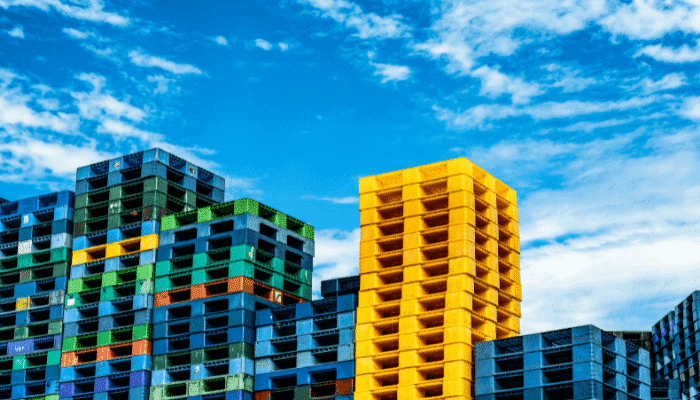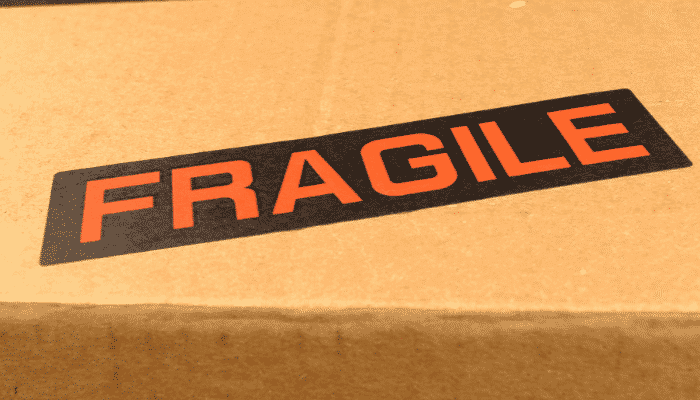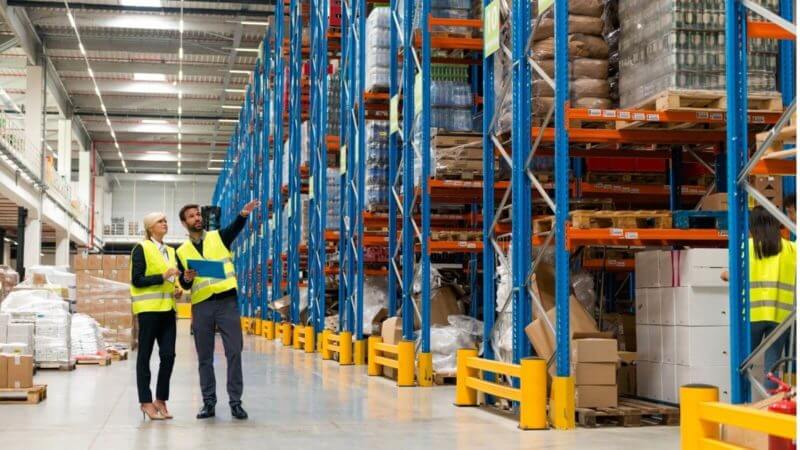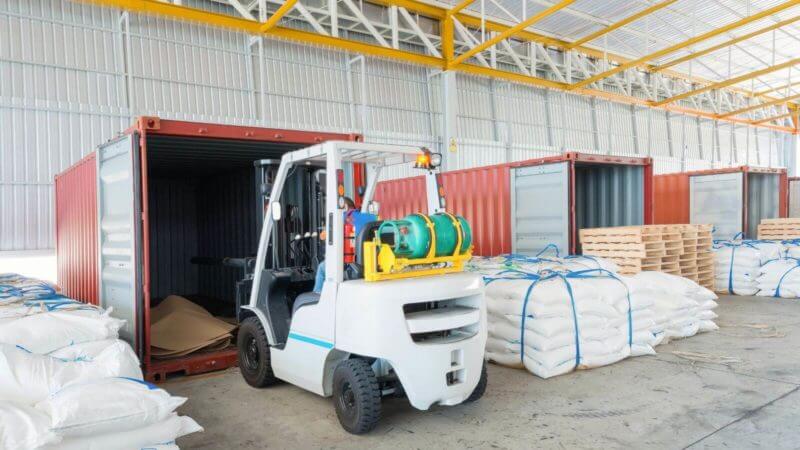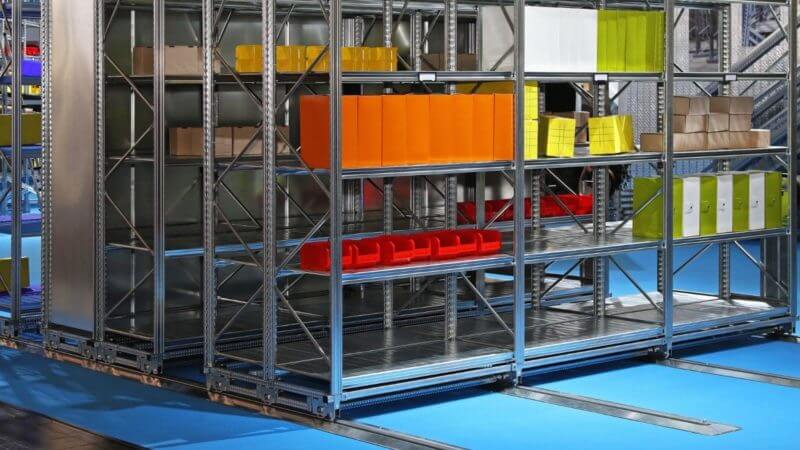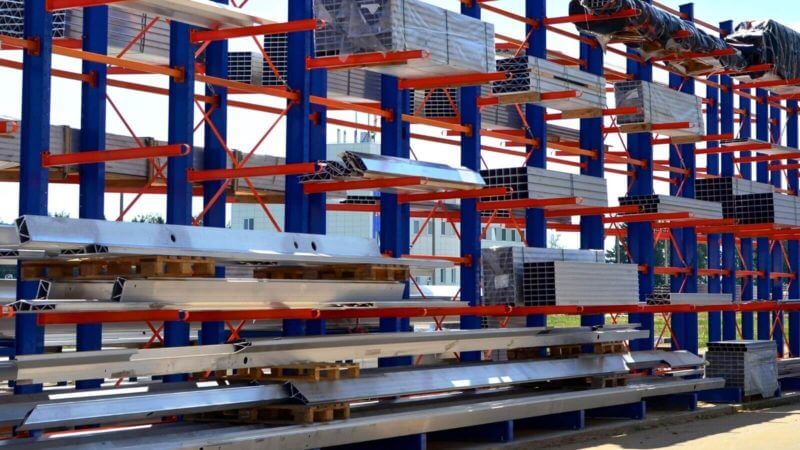Evergreen Marine Corporation announced on 6 August that it will buy 10,000 containers from Dong Fang International Container (Hong Kong).
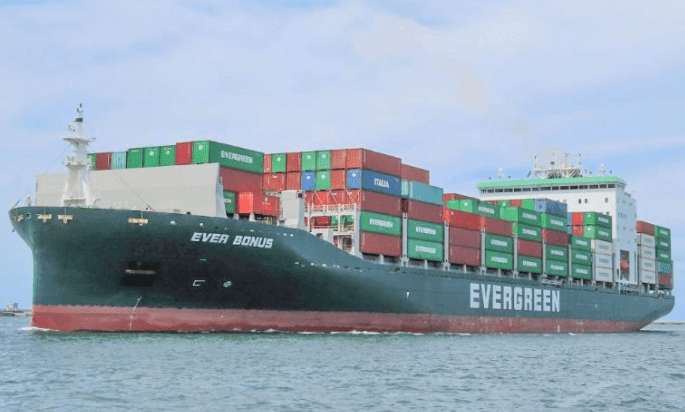
The Taiwanese shipping group has been expanding its fleet of containers amid the well-documented equipment crunch, which has contributed to rocketing freight rates.
Since March 2020, Evergreen and its container leasing and warehousing subsidiary, Evergreen International Storage & Transport Corporation have ordered at least 90,000 containers, including the latest commission.
In addition, in July, Evergreen ordered 6,000 new reefer containers from China’s Guangdong Fuwa Equipment Manufacturing
Evergreen’s announcement of the latest round of container orders coincided with the release of its 2021 first-half results, showing a US$3.2 billion net profit, a 29-fold increase from the US$105.48 million net profit in 1H 2020.
Tight shipping capacity and the resulting spike in freight rates have brought unprecedented profit levels to liner operators.
Evergreen also announced a shake-up in the registered ownership of some of its group-owned ships.
It will re-assign ownership of seven 1,600TEU ships that are currently registered to its Panama-incorporated subsidiary, Gaining Enterprises SA to a Hong Kong-incorporated subsidiary, Evergreen Marine (Hong Kong), for a sum of US$67.11 million.
In addition, a 7,000TEU ship that is registered to another Panama-incorporated subsidiary, Yamasa New Pulsar V SA, will be re-allotted to a Singapore-registered unit, Evergreen Marine (Asia) Pte Ltd.
The vessel names were not disclosed. Gaining Enterprises SA is the registered owner for 11 ships, while Yamasa New Pulsar V SA owns just one ship, the 7,024TEU Ever Summit.
Explaining the fleet re-assignment at a press conference, Evergreen president Eric Hsieh said, “This is to coordinate the company’s overall operations, while considering the market conditions, so as to improve our competitiveness, market share and efficiency.”
Source: Container News
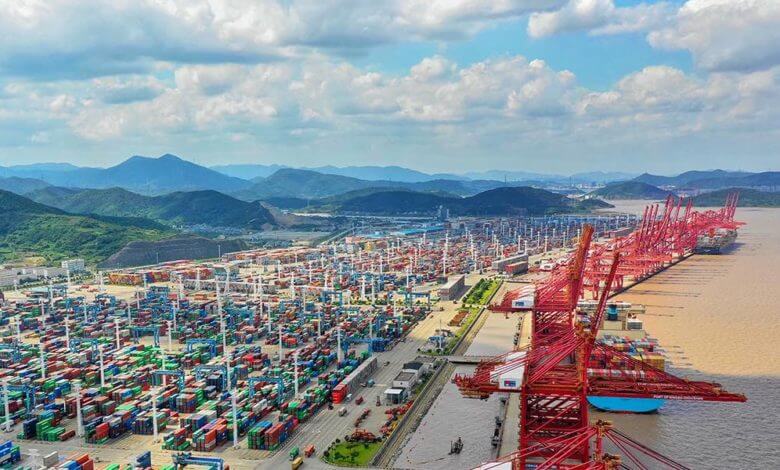
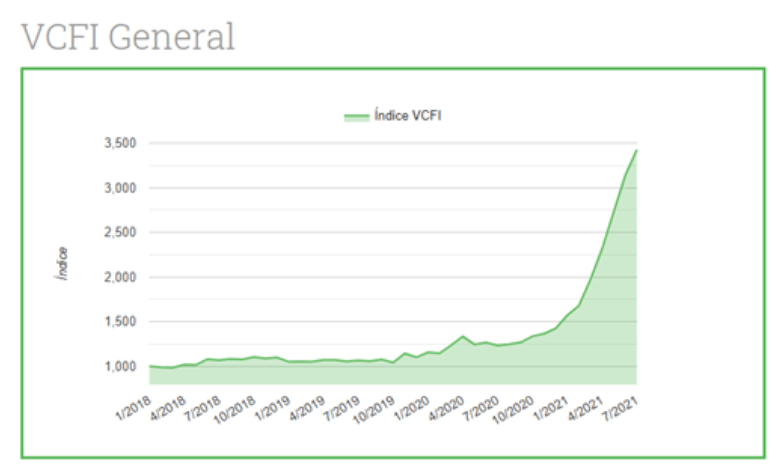
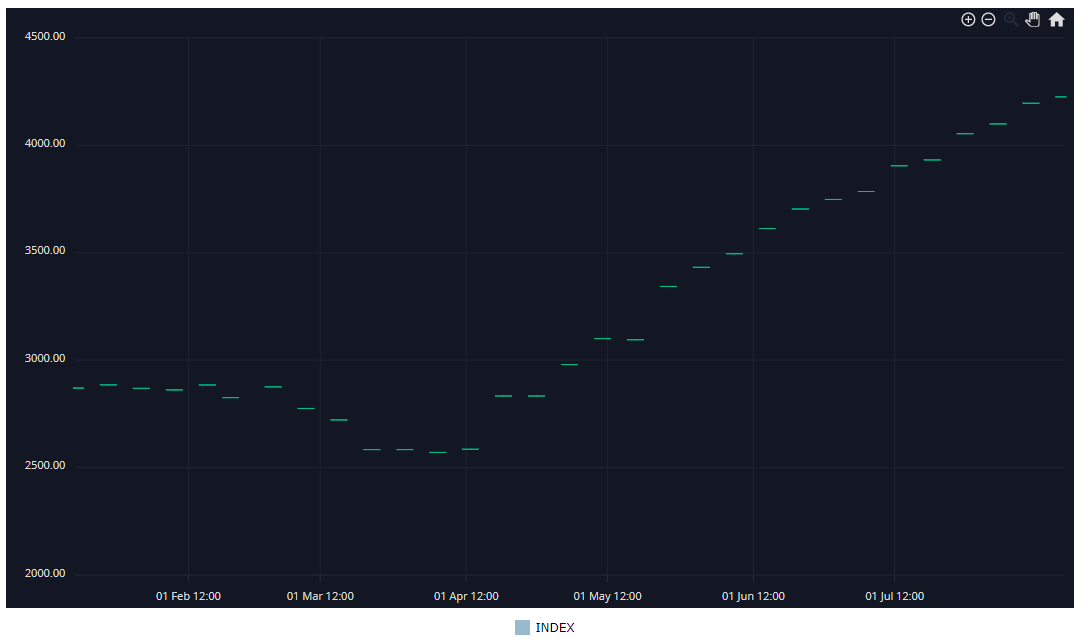
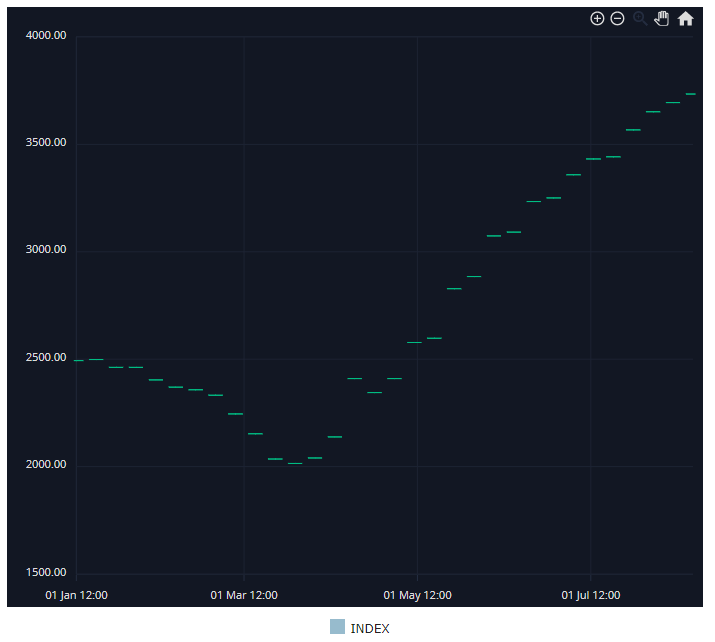

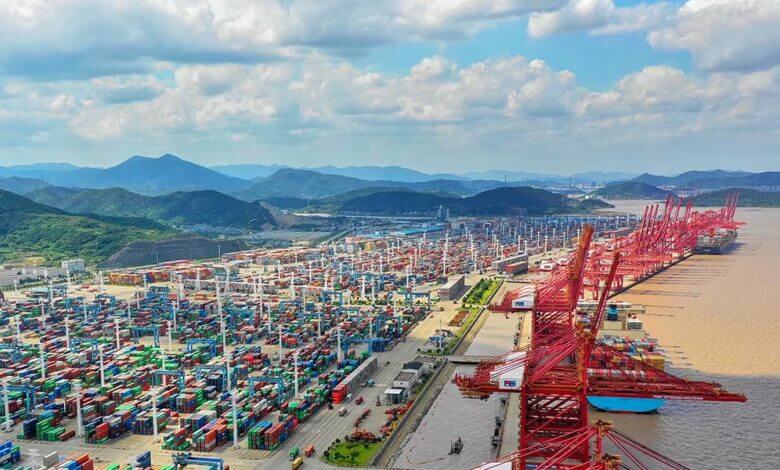
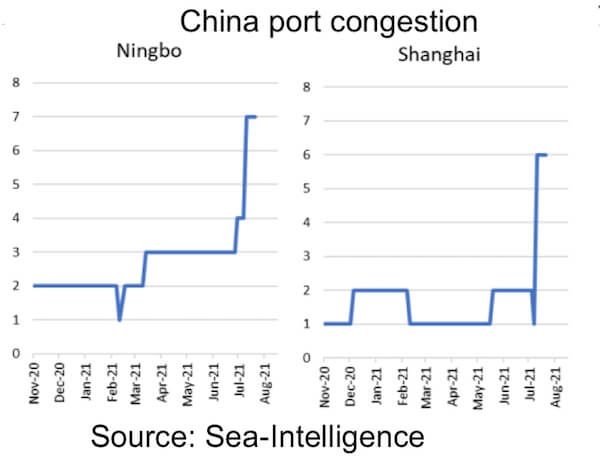
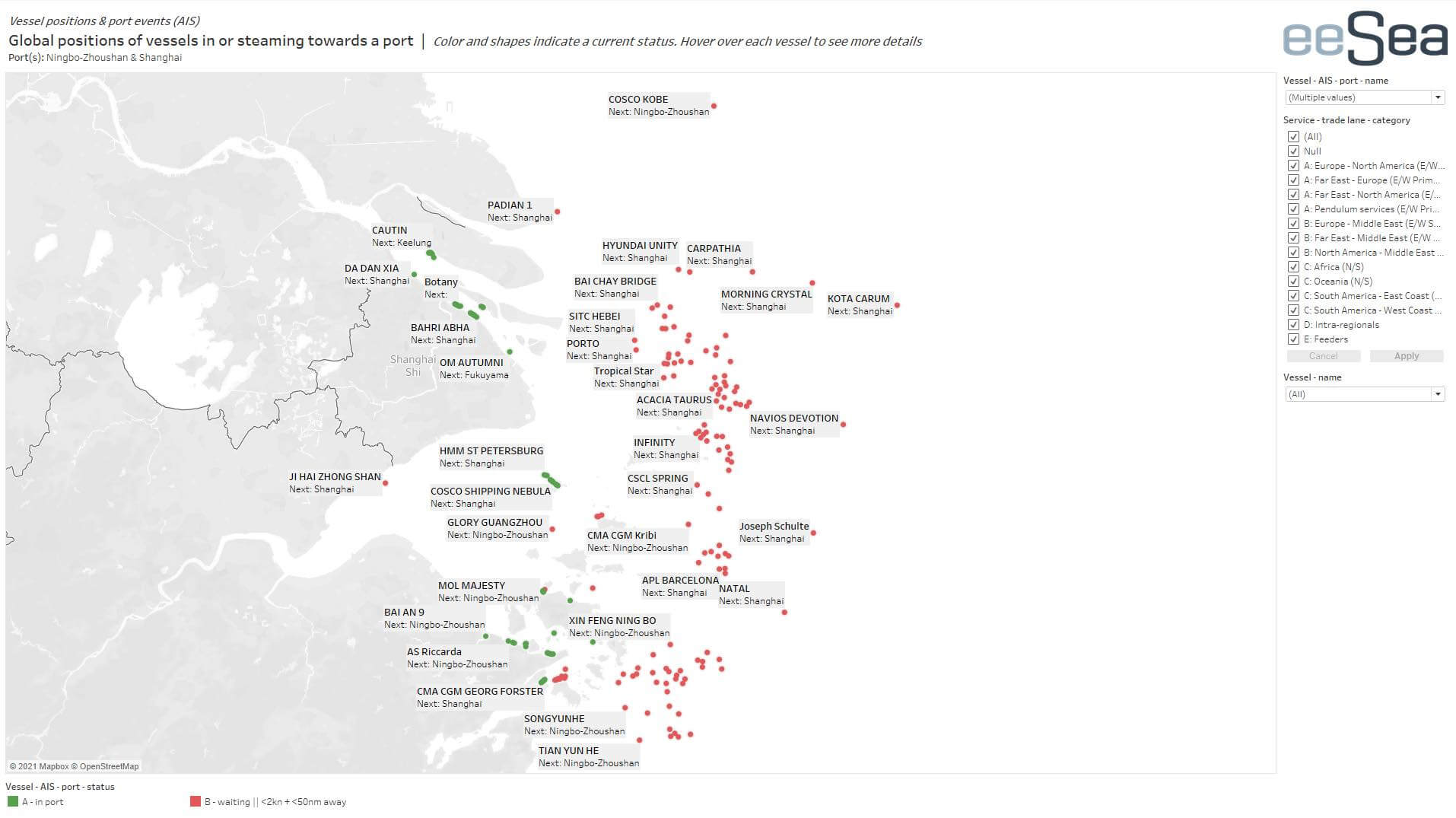
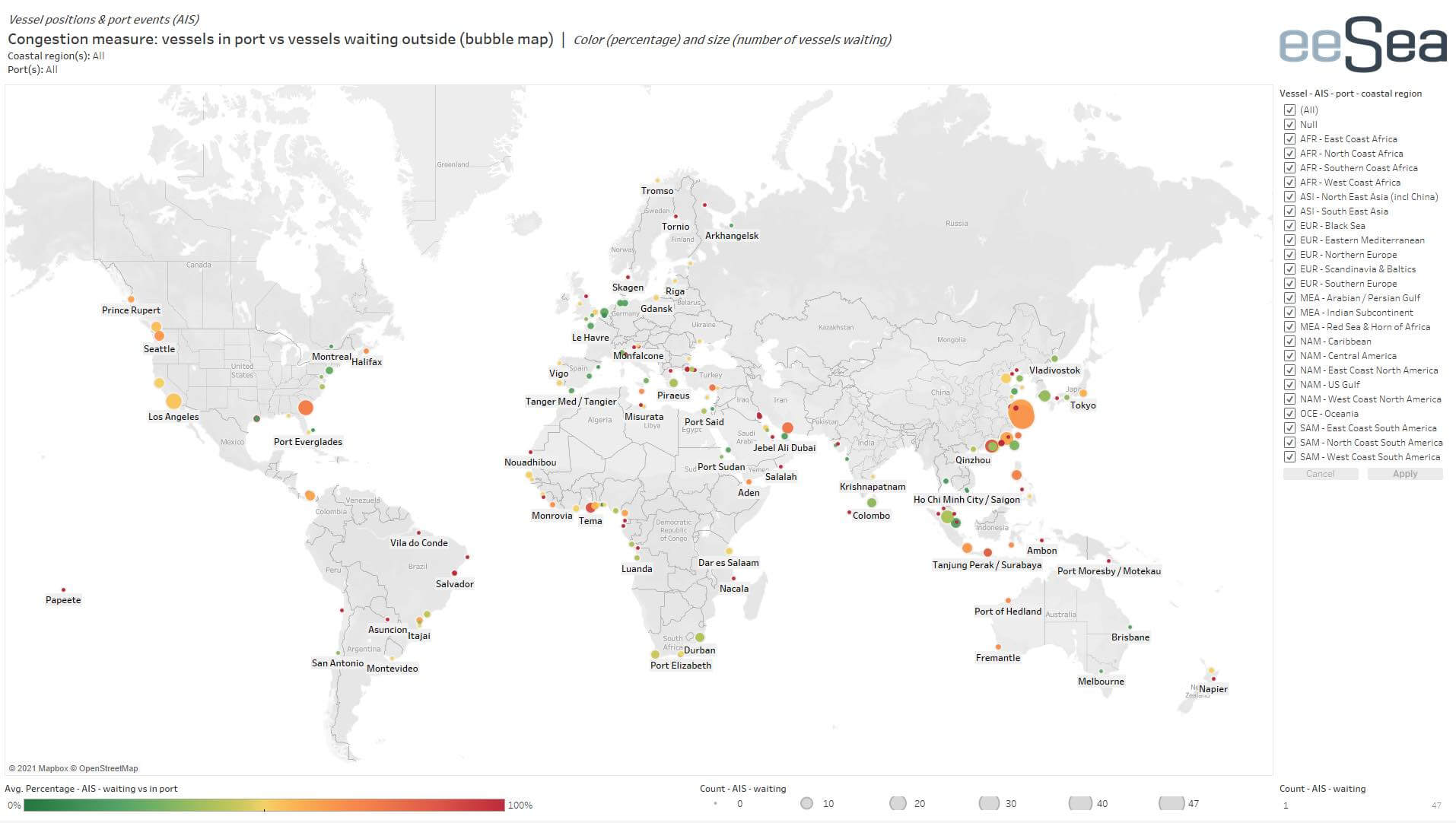
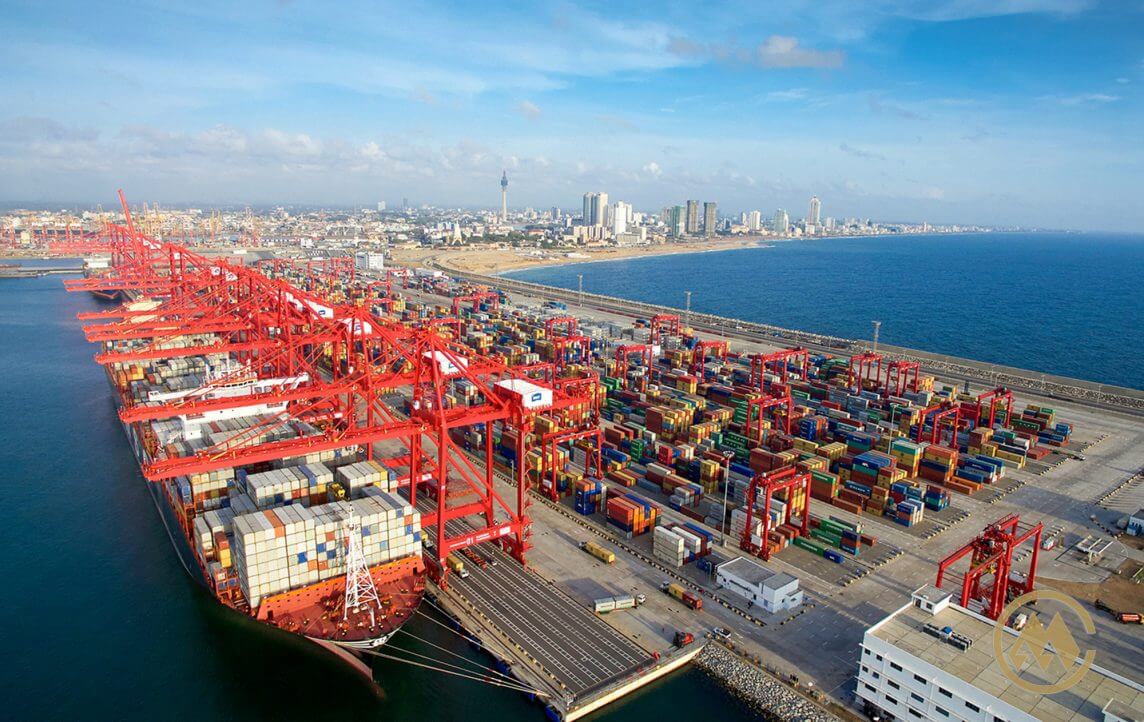
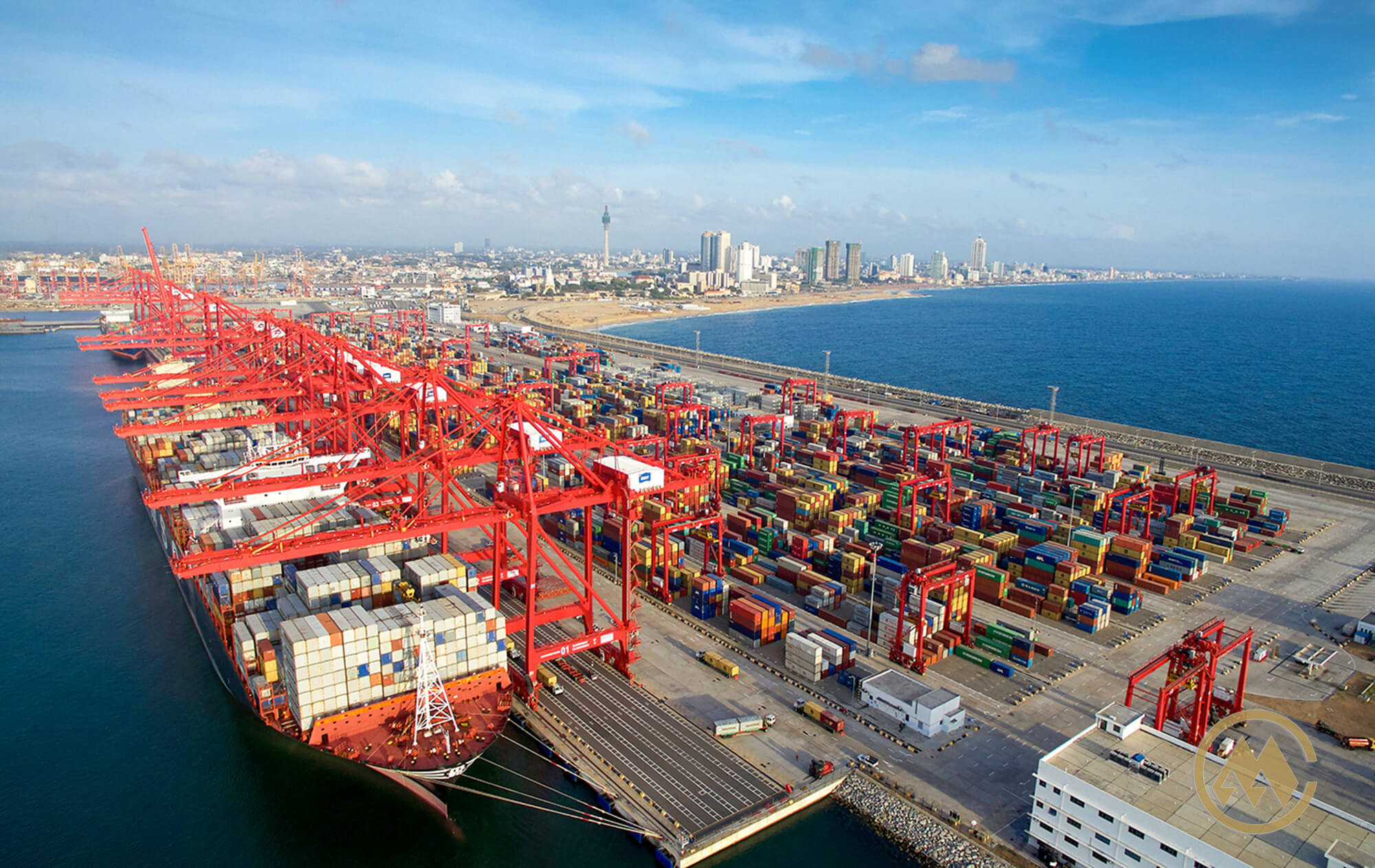 The profits of various companies especially in sectors such as engineering, auto components, pharma and medical devices have been affected because of the increase in sea freight costs accompanied by shortages of containers. The cost of air shipment from China to the USA has also increased from 50-200%, making matters worse.
The profits of various companies especially in sectors such as engineering, auto components, pharma and medical devices have been affected because of the increase in sea freight costs accompanied by shortages of containers. The cost of air shipment from China to the USA has also increased from 50-200%, making matters worse.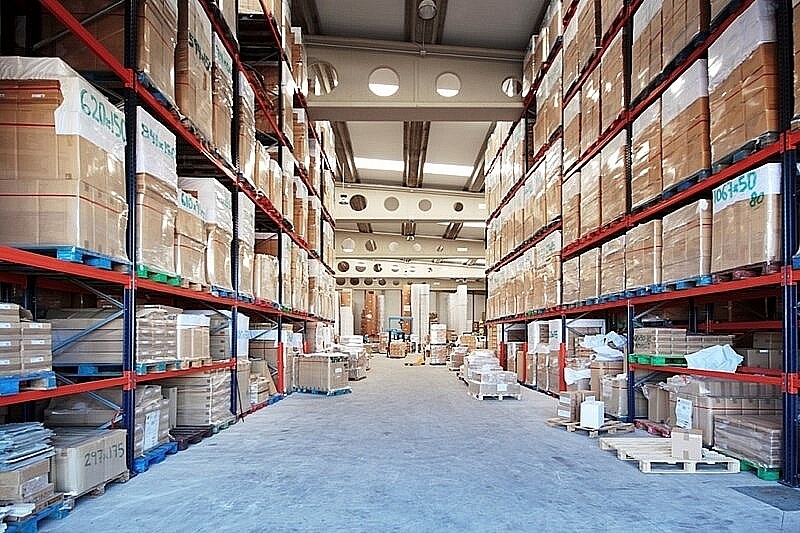

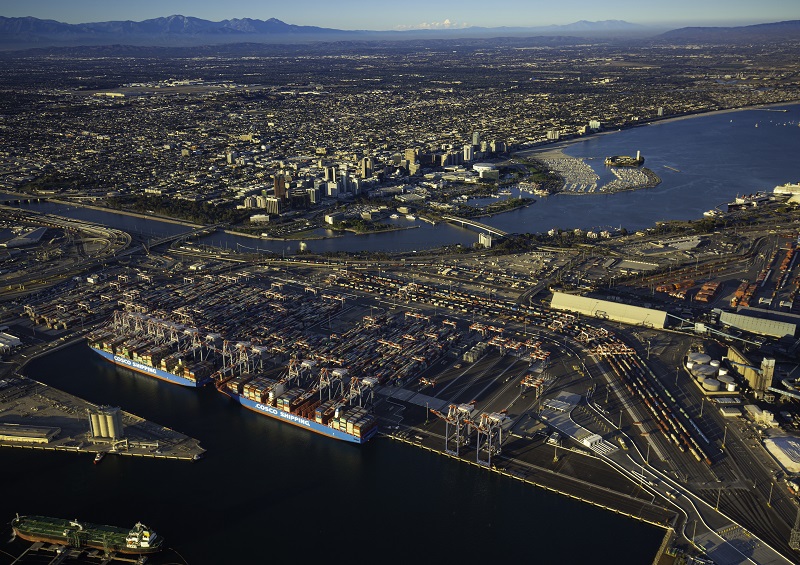
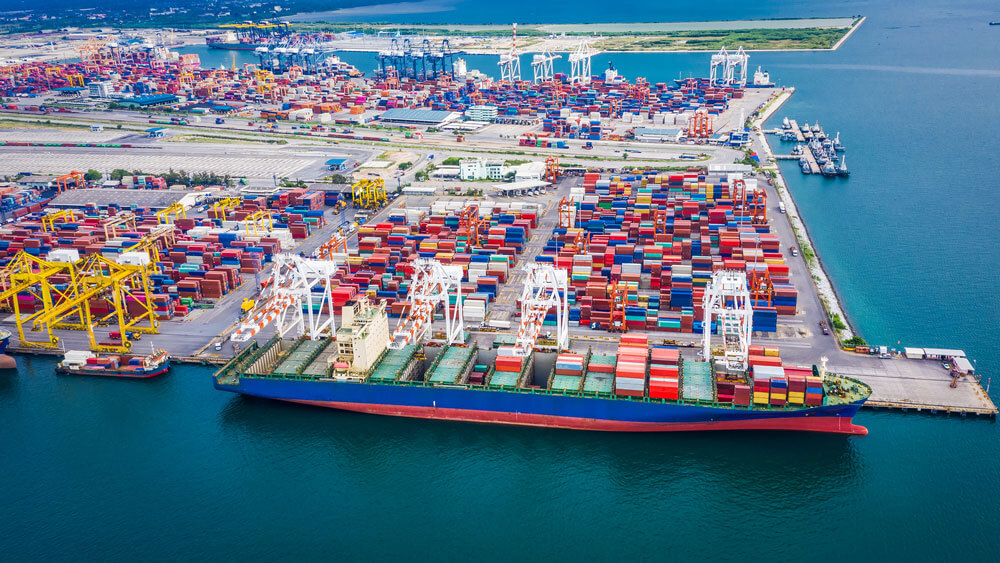
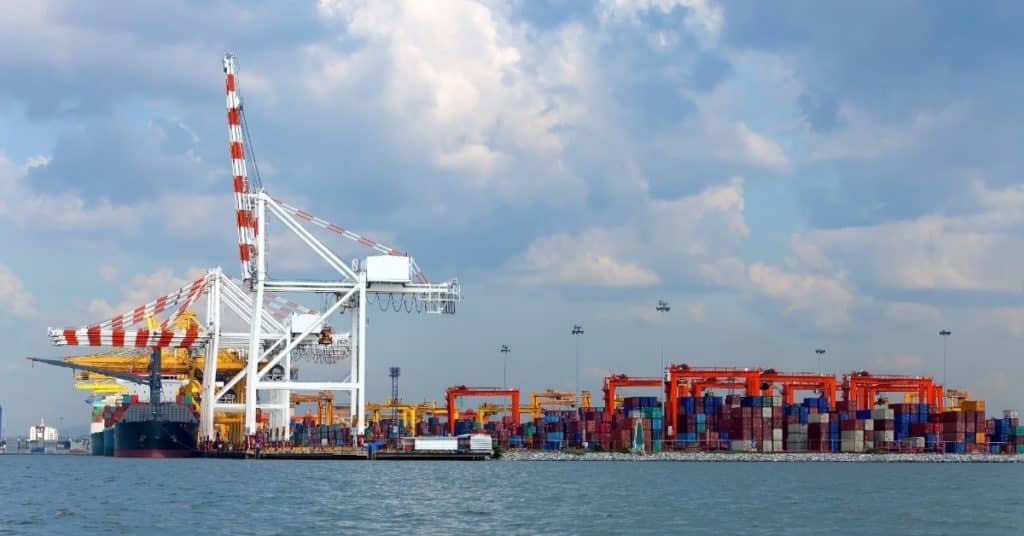
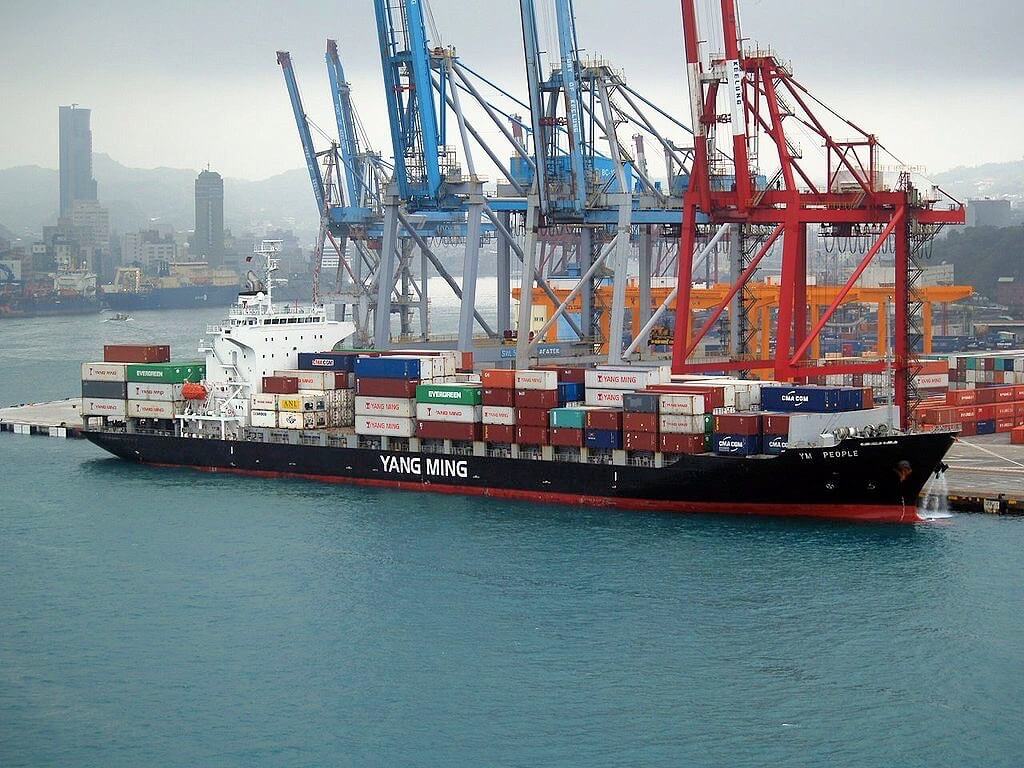 However, these less than container loads are consolidated with other similar LCLs and packed inside a container to form a full container load or FCL, and that is how we see the container-laden vessels going about!
However, these less than container loads are consolidated with other similar LCLs and packed inside a container to form a full container load or FCL, and that is how we see the container-laden vessels going about!